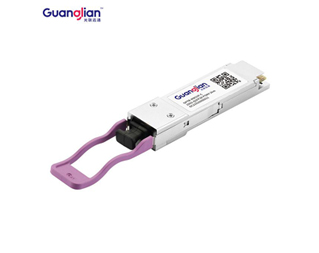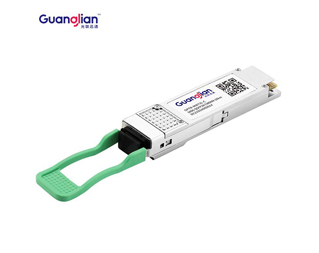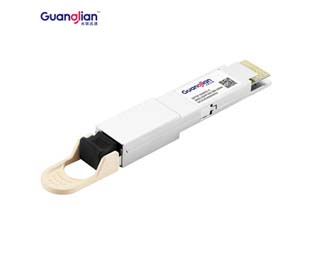With the unprecedented growth of networks such as data centers, high-performance computing networks, enterprise core, and distribution layers, and service provider applications, there is an urgent need for a cost-effective, high density, low power 100G Ethernet connectivity solution.
With this in mind, the 100G QSFP28 (Quad Small Form Factor Pluggable) transceiver is exactly what you need as your preferred networking solution. The following key features are the biggest advantages of utilizing 100G QSFP28 transceivers.
Technology supported by all network equipment manufacturers
Hot-swappable to 100G Ethernet QSFP28 ports
100G Ethernet IEEE 802.3bm compliant
Compliant with SFF-8665 (QSFP28 solution) revision 1.8
Supports 100G data rate links up to 30 km
Low power consumption of up to 4.5w
Minimum size
This full-duplex module provides 4 independent transmit and receive channels, up to 70m for OM3 MMF (multimode fibre) and up to 100m for OM4 MMF. The four signals are transmitted via MPO/MTP connectors through parallel modules. QSFP28 transceivers are preferred as entry-level 100G Ethernet solutions for short-distance links such as data exchanges or service centres.
100GBASE-QSFP28-LR4-10km Optical Transceiver Module
The 100G QSFP28 transceiver is a module designed for transmission spans of up to 10 km over SMF (single-mode fibre) operating over LC connectors. When the module starts running with a data link connection, it converts each individual electrical signal channel into a LAN WDM optical signal and then multiplexes the 25G signals from all 4 channels into a single 100G channel output, which is the ongoing transmission end.
On the receiving end, the opposite process is performed by demultiplexing the reaction, i.e. the 100G input optical signal is demultiplexed into a LAN WDM signal, which is then converted into a 25G electrical signal for the 4 channels.
See the definition of 100G PSM4 MSA (Multi-Source Agreement), the 100G QSFP28 PSM4 transceiver operates on 4 parallel channels (4 transmit and 4 receive) in each direction. At this point, it is the same as the 100G QSFP28 SR4 transceiver.
The difference is that it requires eight single-mode fibers to coordinate the deployment of the PSM4 in the transmission link. The coverage range of up to 2km is medium between the SR and LR modules, making it complementary to the 100G QSFP28 transceiver family, versatile in choice, and more economical.
100GBASE-QSFP28-CWDM4-10km Optical Transceiver Module
By applying CWDM technology, the 100G QSFP28 CWDM4 successfully integrates and multiplexes four different wavelengths (1270nm, 1290nm, 1310nm and 1330nm) into a single SMF for signal transmission, similar to the process of the 100G QSFP28 LR4 at the receiver side.
The incoming signal is demultiplexed to four separate channels on another SMF, so you can see that the total SMF usage is two instead of eight compared to the 100G QSFP28 IR4 PSM transceiver. 100G QSFP28 CWDM4 Transceiver has a range of up to 2km.
Both CWDM and DWDM technologies are designed to broaden bandwidth, maximize fiber utilization and ultimately optimize the network. They can send a variety of data streams simultaneously over single-mode fibre. CWDM is a flexible deployment of fiber networks, particularly point-to-point topologies for enterprise networks, while DWDM is considered to connect metropolitan networks, interconnected data centers and financial services networks.
As a leading optical transceiver solution and service provider, Guanglian is dedicated to research, development, manufacturing, and marketing of high-speed and high-performance optical transceiver modules and optical components for various ICT applications, such as Data Center, and Telecom Networks, and Security Monitoring. Welcome to contact us today or request a quote.
100G CFP vs QSFP28: Which One to Choose?
Jun. 11, 2022What Makes the Best Optical Transceiver Module?
May. 27, 2022200G QSFP56 Optical Module Knowledge Full Explanation
Apr. 25, 2022
100G CFP vs QSFP28: Which One to Choose?
Jun. 11, 2022
What Makes the Best Optical Transceiver Module?
May. 27, 2022Copyright ©Guanglian Xuntong Technology Group Co., Ltd. All Rights Reserved | Sitemap
